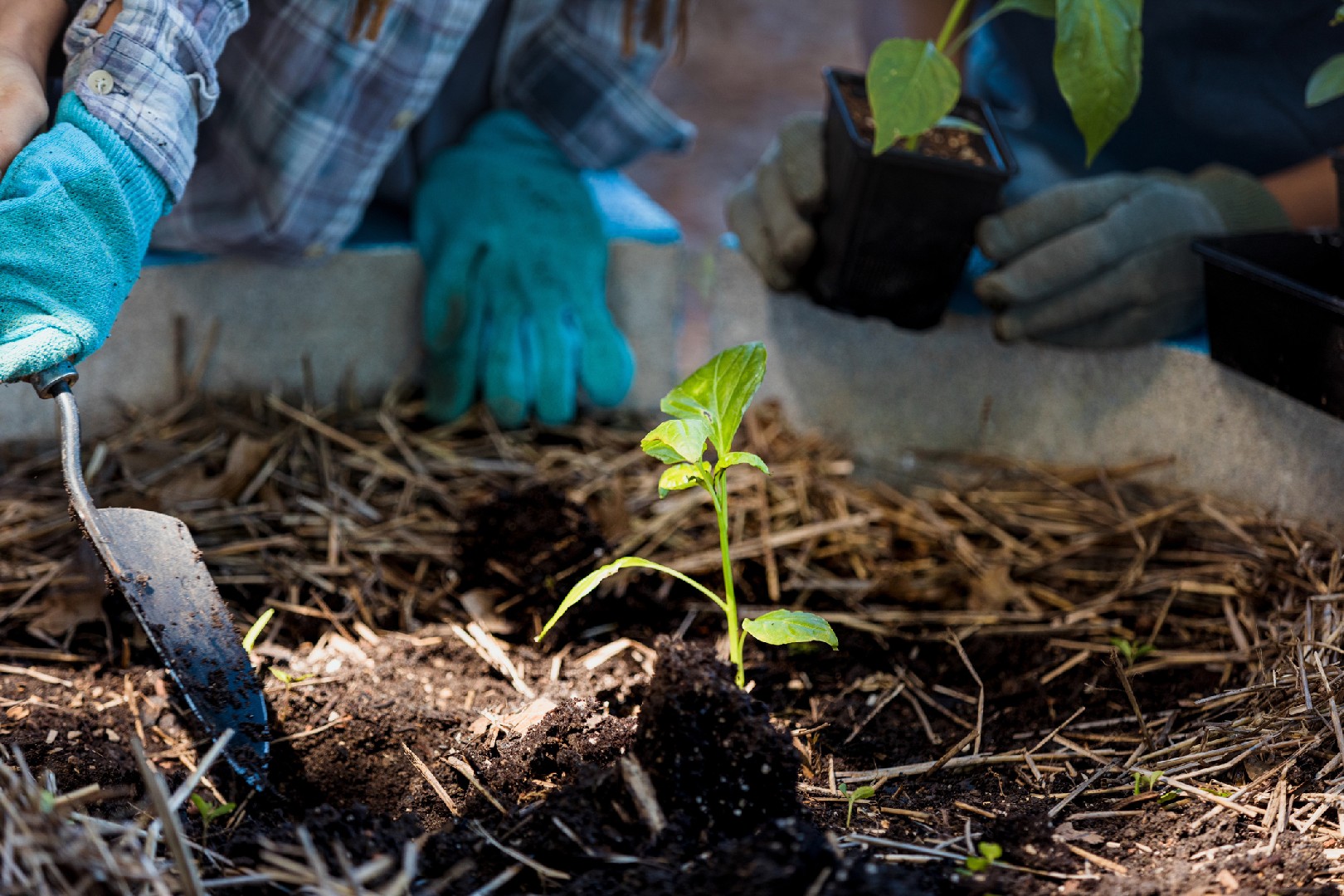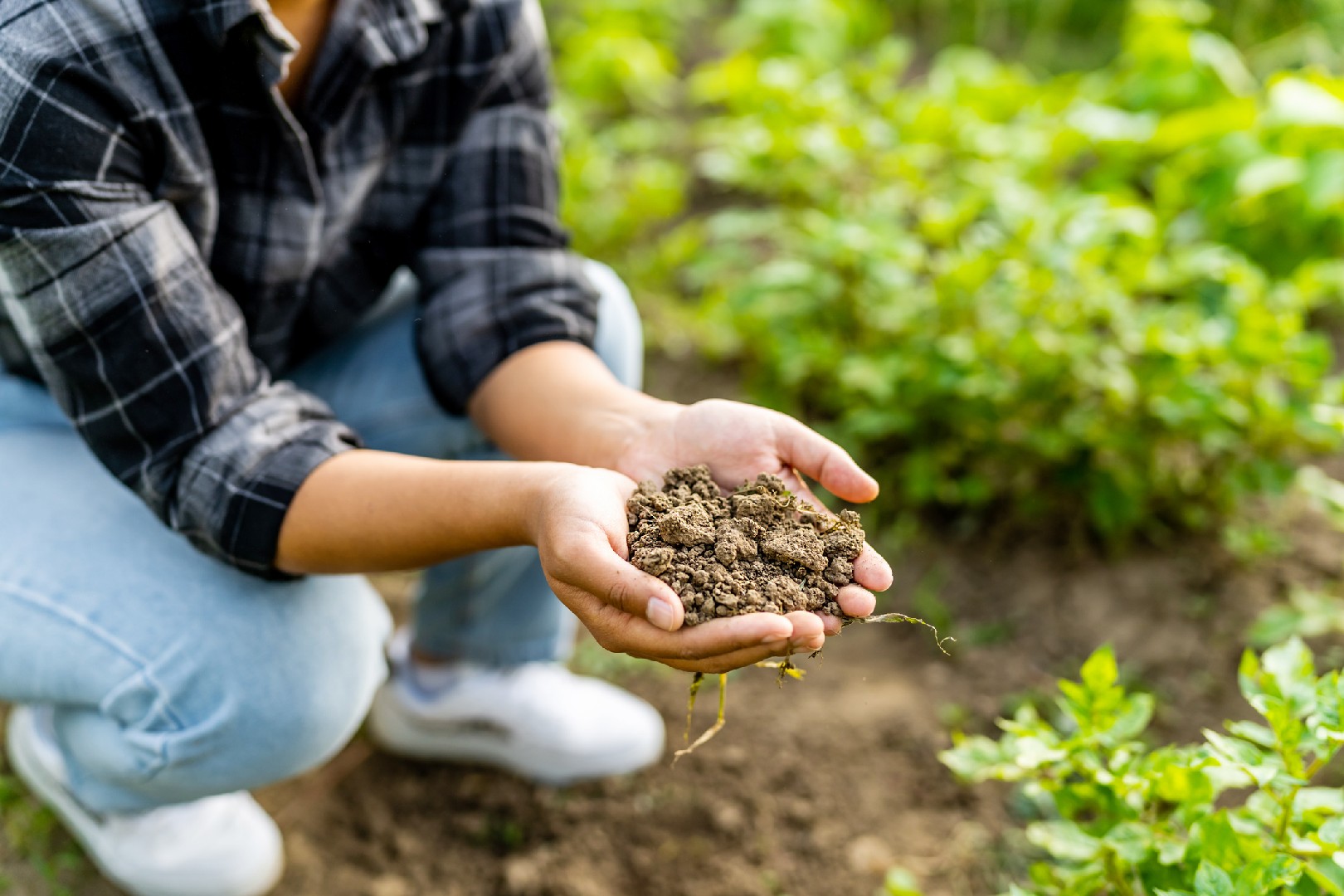![Rectangle]()
Understanding Soil Amendments: The What and Why
Soil amendments play a crucial role in maintaining and improving soil health, making them an essential aspect of successful gardening. But what exactly are soil amendments, and why are they so important?
In simple terms, soil amendments are materials that are added to the soil to enhance its physical properties, nutrient content, and overall fertility. They can be organic or inorganic and come in various forms, such as compost, manure, peat moss, vermiculite, perlite, and biochar.
One of the primary objectives of soil amendments is to improve the soil's structure. Soil structure refers to how particles of sand, silt, and clay are arranged. A well-structured soil allows for proper water drainage and retention, adequate aeration, and root penetration. Organic soil amendments, such as compost and manure, help create a crumbly and porous soil structure that is ideal for plant growth.
Another vital role of soil amendments is to enhance nutrient availability in the soil. Different types of amendments provide varying levels of essential nutrients like nitrogen, phosphorus, and potassium. Organic amendments, such as compost, gradually release nutrients over time, ensuring a steady supply for plants. Inorganic amendments, on the other hand, can be customized to address specific nutrient deficiencies.
By adding organic matter to the soil, soil amendments also stimulate microbial activity. Beneficial microorganisms, like bacteria and fungi, thrive in organic-rich soils and contribute to nutrient cycling. These microorganisms break down organic matter, making it more accessible to plants and improving overall soil health.
Soil amendments also play a crucial role in mitigating soil problems. For instance, if you have compacted soil that hampers root growth and water infiltration, amendments like perlite and vermiculite can improve soil structure and loosen it up. On the other hand, amendments like biochar can help retain moisture in sandy soils and prevent nutrient leaching.
To take advantage of the benefits soil amendments offer, it's crucial to select the right type and apply them correctly. Conducting a soil test can help determine any nutrient deficiencies and guide you in choosing the most suitable amendments.
When applying soil amendments, ensure proper mixing and distribution throughout the soil profile. This can be achieved by incorporating the amendments during tilling or by applying them as a topdressing and working them into the soil surface.
In conclusion, understanding soil amendments and their importance is key to achieving healthy and productive gardens. By improving soil structure, enhancing nutrient availability, stimulating microbial activity, and alleviating soil problems, soil amendments provide a solid foundation for plant growth. So, whether you're starting a new garden or rejuvenating an existing one, incorporating soil amendments into your gardening practices is a surefire way to revive your garden and boost soil health?





